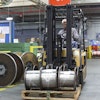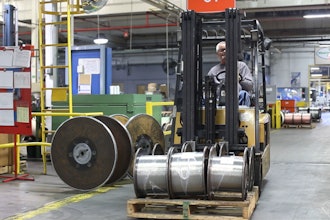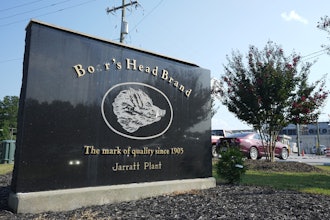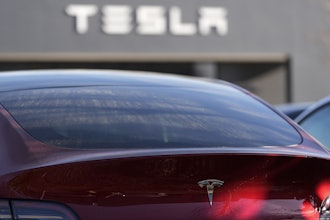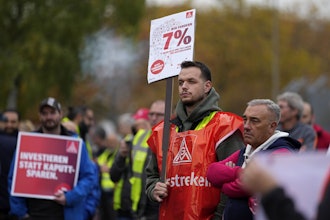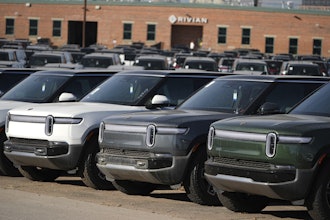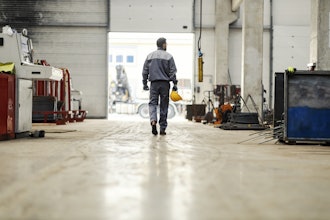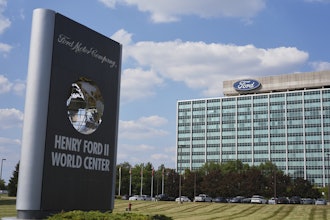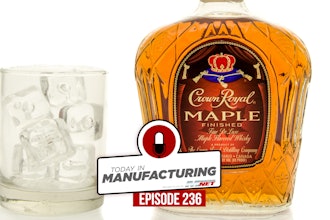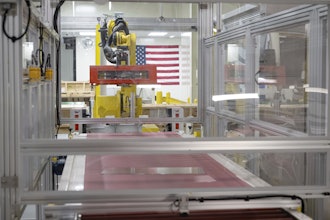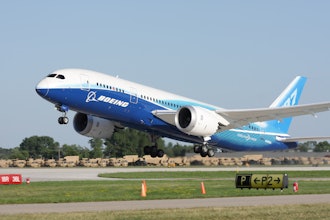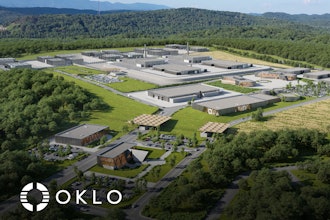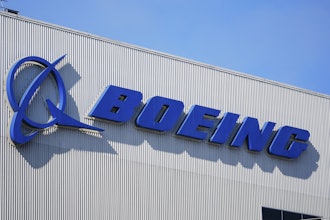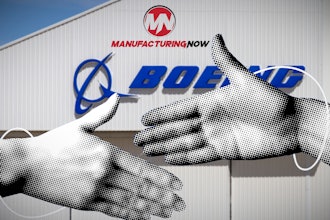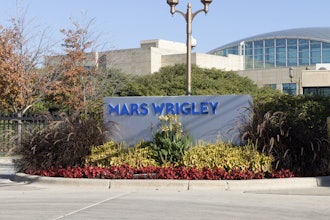The KUKA KR180PA grabs and depalletizes the plastic totes used at Gilde
Gilde is Norway's leading meat processor employing a total workforce of 5,000, with 750 employees at the East Plant in Tonsberg. The company supplies some 500 different meat products throughout Norway with only a small percentage being exported. Gilde needed to improve processing of its high volume products in order to keep pace with demand. Robotics served as the solution.
Sausages, pâtés and minced meat make their way along Gilde's conveyors to a loading ramp and from there into the awaiting trucks. Which products are considered as "fast movers" varies according to the season. Favorite products at Christmas and Easter are different from those in midsummer. Midsummer festivities in Norway involve a lot of barbecues. The crates placed on the conveyor in June thus contain large quantities of packaged mince, steaks and sausages.
"We have five lines where the most frequently ordered goods are produced and dispatched," explains Jon Brekke, project manager for the new order-picking robot installed at Gilde in Tonsberg. The quantities involved are subject to seasonal fluctuation and can be quite considerable. In midsummer, 500 to 900 tons of meat products leave the order-picking area in Tonsberg every week. Of this, the robot handles about ten tons a day. "In order to be able to order-pick these large quantities of goods as quickly as possible, we needed an automated solution to work 24 hours a day, seven days a week."
The company turned to KUKA Robotics to implement an automated robot system that could order pick five different products. However, the system has been designed to be so flexible that it can adapt simply to changing product lines.
Robot takes on two jobs
An ultrasound sensor system is used to checking distances between the robot and the totes ensuring accuracy
The company installed a KUKA KR 180 PA robot to handle not just one, but two jobs at Gilde. It is integrated into a system concept designed by KUKA Robotics. A fork lift truck fetches pallets of crates, each containing large quantities of unmixed products. According to the customer order, the robot is told by the warehouse's central computer which product to pick up next. The robot then checks for itself whether it is holding the correct product by holding the crate against a scanner. Each crate is labeled with a barcode identifying the contents of the crate.
A new code is then applied to the crate. This identifies the customer for which it is destined. The robot then sets it down on a conveyor which transfers it to the next storeroom. There it is scanned again and transferred to the correct destination determined according to the code - i.e. the loading ramp of the truck that will transport it to the customer who placed the order.
"The most challenging task in the implementation of the system was unquestionably designing the gripper in such a way that it recognizes and can grip the plastic boxes in all their different positions," explains Frode Grimsbo, service engineer at KUKA Robotics. For this reason, the gripper was fitted with an ultrasound sensor system for checking distances. This allows the robot to be guided at the fastest possible speed to the first pick position. Once it has reached the crate, the clamping gripper initially remains loosely closed until it has found the ideal gripping position. Only then does it tighten its grip. Once a pallet has been emptied, the clamping elements on the gripper are raised and the pallet is moved aside by means of vacuum technology, before the KUKA robot grips the next one.
This task only exploits about 65 percent of the KR 180 PA's utilization capacity, however, so it has another job on the side. During the remaining time, it order-picks goods that have been compiled by company employees.
The central computer tells its human colleagues how many chops, how much ham and how much mince should be put in a plastic box. The filled boxes are then transported to the robot, which picks them up and places them in a paternoster system for transfer to the conveyor. If, after scanning, the central computer signals to the robot that it is holding the wrong product, the crate is discarded.
A convincing concept
The long reach of the KUKA KR180 allows it to handle multiple operations within the Gilde facility while having a minimal footprint
"The robot works 24 hours a day, seven days a week," explains the warehouse manager further. In the past, the goods had to be compiled using the fork lift truck and brought to the freight area, from where they were transferred to the trucks. This was a major logistical operation and highly labor-intensive.
The "fast mover" goods are frequently ordered in large quantities. The robot has to lift up to 25 kilograms. "This was another challenge when designing the gripper," reminisces Frode Grimsbo. "We had to develop a gripper that was stable enough to carry heavier loads. At the same time, however, it also had to be able to handle very light boxes."
The system eliminated a logistical weak point at Gilde. Project manager Jon Brekke has a simple explanation why the company chose KUKA to solve this problem: "KUKA offered the most convincing system concept and we had confidence in the people at KUKA."
